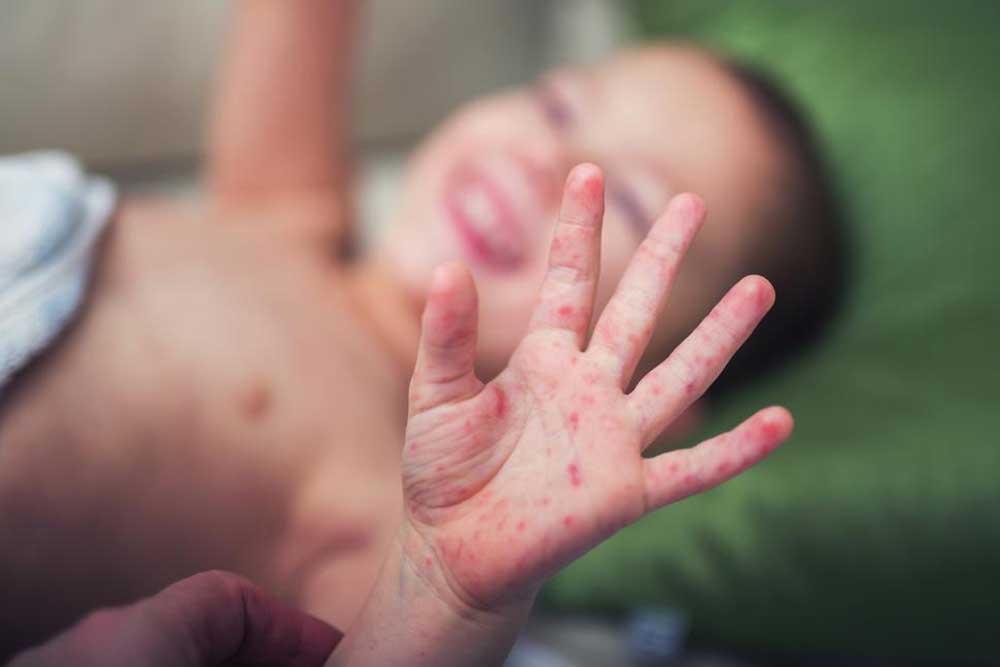Prevention Tips for Hand, Foot, and Mouth Disease
Hand, foot, and mouth disease (HFMD) is basically a viral infection. It is a common viral illness that is more prevalent in young children than adults. It can occur in older children or adults as well. This disease is characterized by fever, sores in the mouth, and rashes on hand, feet, buttocks, and legs.
Hand, foot, and mouth disease is more common in children below the age of 10 years.

Symptoms of hand, foot, and mouth disease
Fever and sore throat are the first few symptoms of the disease. Followed by painful blisters developing on the inside of the mouth and on the tongue. Rashes also develop on the palms of the hand, soles of feet, elbows, buttocks, and legs. These rashes may turn into blisters.
How to prevent hand, foot, and mouth disease
Hand, foot, and mouth disease usually goes off on its own within 7-10 days. There is no treatment or vaccine for this disease. Symptoms can be eased with over-the-counter medication. The following preventive measures can be taken to prevent the spread of the disease:
- Refrain from sending an affected child to school until he/she fully recovers. The virus can easily spread when the infected person sneezes or coughs. Also, when the blisters or sores break open, the chances of the virus spreading through contact is very high.
- Encourage proper hygiene like the washing of hands and feet with soap and water.
- Disinfection of dirty or unclean surfaces at school and home.
- Avoidance of physical contact with infected people. Close contacts like handshakes, kissing, and hugging must be avoided to prevent the spread of HFMD.
- People traveling to countries where this disease is prevalent must maintain proper personal hygiene.
- Sharing of utensils for eating and drinking must be avoided to prevent the spread of the virus.
- Clothes worn or used by the infected person must be disinfected before wash.
- Playing outdoors when affected by the virus must be avoided.
Hand, foot, and mouth disease in children causes fever and a decrease in drinking and eating. Special care must be taken to stay hydrated and increase the calorie intake when the child is affected by this disease.